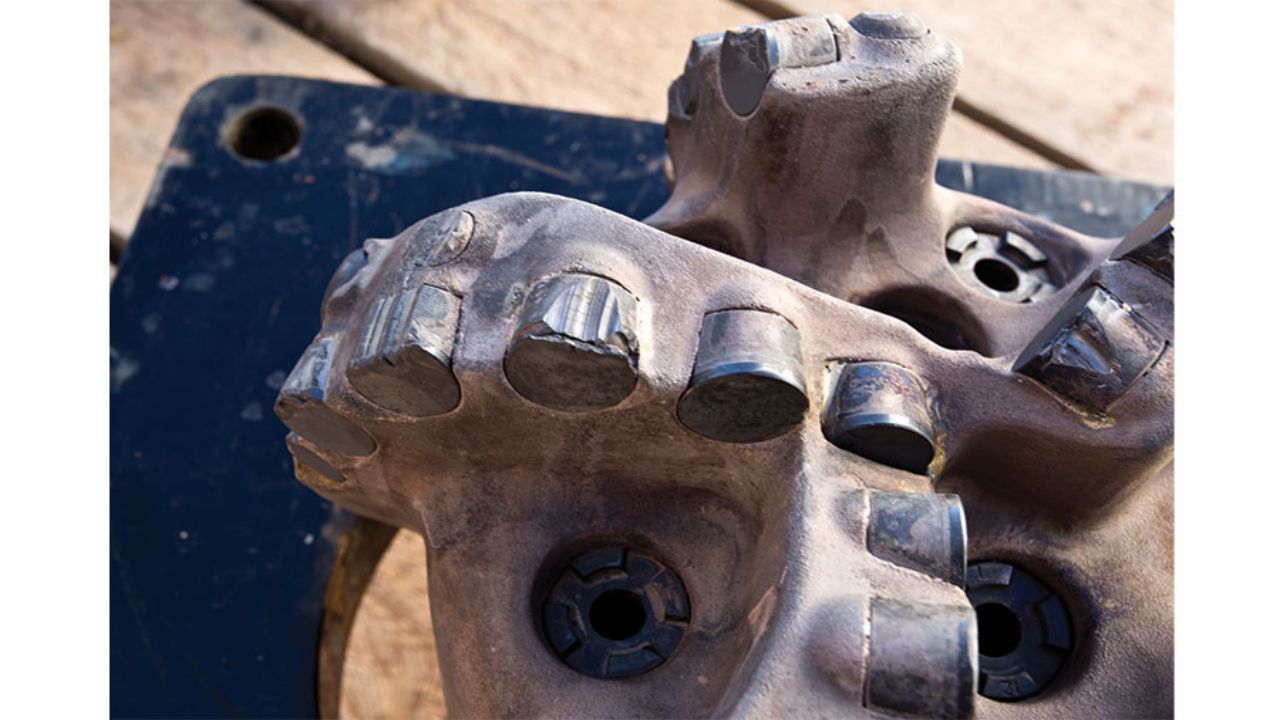PDC drill bits have revolutionized the oil and gas drilling industry. These advanced tools have greatly enhanced drilling efficiency and productivity, making them a staple in modern drilling operations. Click here if you planning on buying these tools. However, before making your decision, ensure you understand how they operate and the benefits to expect.
These advanced drilling tools have transformed the oil and gas industry by offering higher drilling speeds, improved durability, and enhanced stability compared to traditional roller cone bits. In other words, understanding the fundamental principles and components of PDC drill bits is crucial for appreciating their role in modern drilling practices.
Tips for Choosing PDC Drill Bits
Choosing the right PDC drill bit is a critical decision that can significantly impact the success of your drilling operation. With a wide range of options available, it's essential to consider several factors to ensure you select a PDC drill bit that is well-suited for the specific drilling task at hand. Here's a step-by-step guide to help you make an informed choice:
Understand the Application
Before selecting a PDC drill bit, you must first understand the drilling application. Consider factors such as the type of rock formations you'll encounter, the depth of the well, the desired drilling speed, and any other specific challenges associated with the project. Different drill bits are designed to excel in different drilling conditions, so aligning the bit's capabilities with the application is crucial.
Analyze Cutter Configurations
PDC drill bits come with various cutter configurations, including the number, size, and placement of cutters on the bit. Cutter density affects the aggressiveness of the bit and its ability to cut through the rock. For hard formations, a higher cutter density may be more suitable, whereas softer formations may require a lower cutter density. Analyzing cutter configurations helps you select a bit that matches the expected drilling conditions.
Consider Cutter Material and Design
The quality and design of the PDC cutters are essential factors to consider. Opt for high-quality cutters that use advanced polycrystalline diamond composites to ensure longer bit life and improved drilling performance. Additionally, assess the shape and profile of the cutters, as this can impact the bit's stability and ability to maintain a straight drilling path.
Evaluate Hydraulic Design
Hydraulic design is crucial for effective cuttings removal and cooling of the PDC drill bit. Look for bits with optimized hydraulics that facilitate efficient cuttings evacuation from the wellbore. Good hydraulics also help in reducing the risk of bit balling, a common issue in some drilling conditions.
Assess Gauge Protection
The gauge region of the PDC drill bit is the outermost part that interacts with the wellbore walls. It is prone to wear and damage due to its exposure to abrasive formations. Choose a bit with robust gauge protection, such as tungsten carbide inserts or diamond-enhanced inserts, to ensure prolonged bit life and prevent gauge wear.
Conclusion
In conclusion, choosing the perfect drill bit requires thorough research and an understanding of various drilling applications. Therefore, by carefully evaluating the factors mentioned above, it becomes easy to choose a quality drilling device that will suit your needs.


